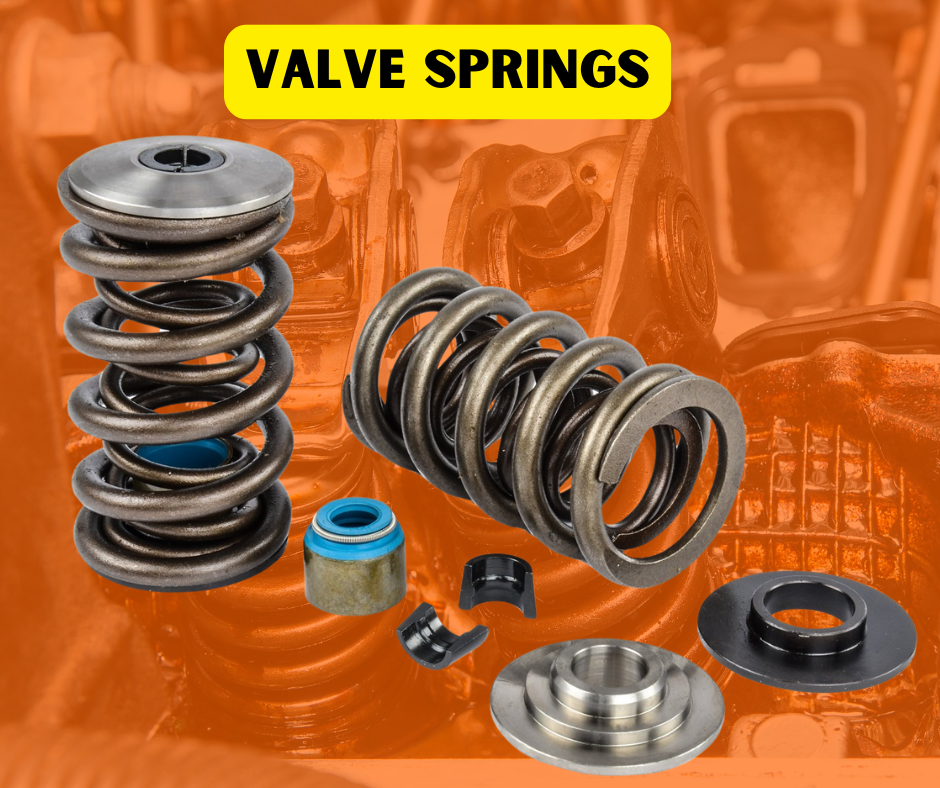The Crucial Function of Valve Springs Explained

Discover how the small but mighty valve spring plays a pivotal role in the heart of your vehicle's engine.
Understanding Valve Springs: What They Are and How They Work
Valve springs are a critical component of an internal combustion engine. They are responsible for closing the valves that allow air and fuel into the engine and exhaust gases out. Essentially, these springs ensure that the valves return to their closed position after being opened by the camshaft.
Typically made from high-strength steel, valve springs must withstand extreme conditions, including high temperatures and rapid cycling. They operate under a tremendous amount of stress to ensure that the engine runs smoothly and efficiently.
The Role of Valve Springs in Engine Efficiency
Valve springs play a significant role in maintaining engine efficiency. By ensuring the proper opening and closing of the engine's valves, they help regulate the timing and flow of air and fuel into the combustion chamber. This regulation is crucial for optimal combustion and performance.
If a valve spring fails or weakens, it can lead to a loss of engine power, reduced fuel efficiency, and increased emissions. Therefore, the proper function of valve springs is integral to the overall performance and longevity of the engine.
Types of Valve Springs and Their Unique Functions
There are several types of valve springs, each designed for specific engine requirements. Single coil springs are the most common type, used in many standard engines. Dual coil springs, which consist of an inner and outer coil, are often used in high-performance engines to provide extra strength and durability.
Beehive springs are another type, known for their conical shape that reduces mass and increases engine RPM capability. Constant diameter and variable diameter springs also exist, each offering unique benefits depending on the engine's design and intended use.
Common Problems and Maintenance Tips for Valve Springs
One common issue with valve springs is fatigue, which can occur over time due to constant compression and decompression. This can lead to a loss of tension, causing the valves to not close properly. Regular inspection and maintenance can help identify fatigue before it leads to significant engine problems.
Other issues include corrosion and wear, which can be mitigated by using high-quality oil and maintaining proper engine temperatures. It's also important to replace valve springs at recommended intervals or if any signs of wear and tear are evident.
Advancements and Innovations in Valve Spring Technology
Recent advancements in materials and manufacturing techniques have led to significant improvements in valve spring technology. New alloys and heat treatments have increased the strength and durability of valve springs, allowing them to perform better under extreme conditions.
Innovations such as variable stiffness springs and advanced surface treatments are also being developed to enhance performance and longevity. These technological advancements are helping to push the limits of engine efficiency and reliability even further.

 Loading..
Loading..